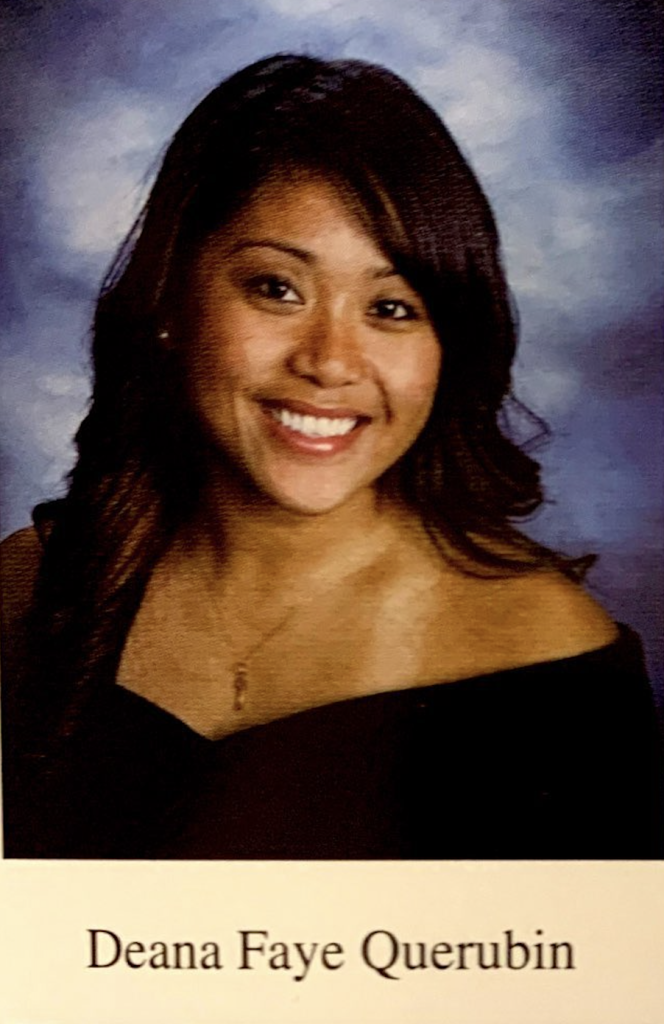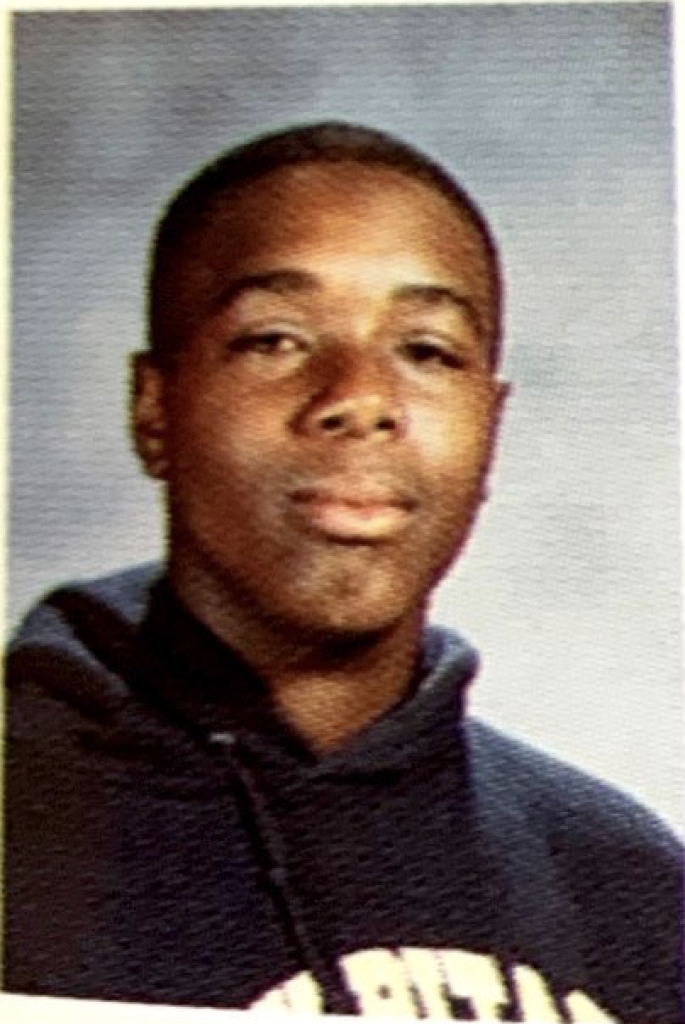High school is a time when many of us discover our identities and meet some of our closest friends; where we go through biological changes and experience cementing personal growth. But is the high school experience the same for everyone? Some of our teachers went to MHS too and talked about the differences and similarities they see across generations at MHS.
Physical education teacher James Carter graduated from MHS in 2002. When he was in high school, morning announcements were held on television rather than the intercom, and the L building was essentially non-existent, he said. The most noticeable distinction between his graduating class and the current generation of MHS students is school spirit since more people went to sporting events and participated in spirit weeks, he explained.
“I would equate our school now to a commuter university like San José State. People come, they take their classes, and they go home,” Carter said. “Now, you do have pockets of kids here and there that do have school spirit and do support. I’m not going to say that nobody does it. But in the grand scheme of things, people are a lot more involved in themselves at home, versus their community at school.”
Carter, who also played on the varsity football team, said that MHS had a longstanding rivalry against Los Gatos High School, with altercations often breaking out due to Los Gatos’ disdainful view towards Milpitas. This rivalry helped build a competitive atmosphere for both athletes and sports fans, he added.
“Friday night games were a tradition,” Carter said. “People would pack the stadiums to get a chance to see action on the football field and the stands, especially when going against rival schools. There would be rocks and stuff thrown at the glass windows of our buses, and fights against people who were stealing backpacks.”
Carter said he studied business management at San José State University after graduating from MHS. He then worked at Google as an accounts payable specialist and in the San Jose Parks Recreation Department for a few years before becoming a coach and teacher, he added. However, he said he never expected to work at MHS.
“Things kind of just fell into place. Being a teacher and being a coach is not something that I actually wanted to do in college,” Carter said. “I first started coaching here because they needed a coach, and since I was already coaching in that sport somewhere else, I was like, ‘You know, I went to school there. I’ll come and do it.’ … I did it out of necessity to help out the kids. I was going to work at a different middle school somewhere else but due to certain circumstances, I came back here.”
Two decades before Carter’s class, Milpitas had a similar crosstown rivalry with Samuel Ayers High School, which is on the site of Calaveras Hills High School, according to the varsity football coach and math teacher Kelly King. However, the games were much more civil and could not be held at MHS, he said.
“Because there were no lights on the football field and too many people attended the football games, we had to host at the San José City College stadium,” King said. “They packed 6,000 people there pretty much every game – standing room only.”
After attending Ayers for three years, King had to transfer to MHS because the school shut down; he walked the stage with the first graduating class of the newly established MHS Trojans in 1981, he said. Before then, MHS was known as the baby blue and red Patriots, he explained.
Despite being rivals, the two schools were able to peacefully merge as one, King said. “The transition (to MHS) actually went really well,” King said. “Many people, like me, grew up on the North side of town, so we already had connections with people going to there already. When the two schools came together, it was as if nothing had changed except for the size of the campus itself.”
King said his initial career interest was electrical engineering. He received his associate degree in math and science at San José City College and went on to play collegiate football at California State University Hayward, now known as CSU East Bay, where he studied math and computer science, he said. However, he was unable to finish his Master of Business Administration degree because he started teaching at MHS already, he added.
“The superintendent wanted me to become a teacher and take over the football program,” King said. “He said, ‘Can you give me a five-year commitment?’ I said, ‘Okay,’ so I gave him five years … I’ve been the head coach since 1990.”
English teacher and varsity softball coach Deanna Querubin has been a part of MUSD her whole life, attending elementary school at Spangler, middle school at Russell, and graduating from MHS in 2009, she said. The most significant generational difference she sees is the increase in student workload and pressure on the students to attend a prestigious college, she said.
“I feel like kids now are so fixated on AP tests and SATs all the time,” Querubin said. “Back when I was in high school if you took an AP class everyone would be like, ‘Wow you’re so smart!’, but now you have kids who are taking four AP classes, which I think is insane.”
She also noted that a sense of community was widespread throughout her class. “Everyone knew each other and got along … You could walk to any part of the school and join someone from a way different friend group and just start hanging out with them,” Querubin said. “One of the things that really brought our class together our senior year was when one of our close friends passed away. It was a devastating time for everyone … It’s still something we think about to this day; we still remember him and all the good times we had with him.”
After high school, Querubin went on to play softball for San Francisco State University, where she received a degree in sociology; she then went to Santa Clara University to complete her Master’s degree and teaching credentials, she said. Querubin initially pursued a career as a lawyer, but ultimately followed her heart to become a teacher, she added. Her decision was greatly influenced by her former teacher, Michael Cummins’ ability to connect with his students; she also wanted to defeat the stereotype of Filipino women working as nurses, she explained.
“Growing up there were no Filipino teachers at the high school … I take pride in the fact that I am a Filipina in the English Department,” Querubin said. “But the reason why I chose to teach at MHS is because I am wholeheartedly grateful for all the opportunities, all the great people, and all the great teachers I had. I love this community, and I always told myself that I could never teach anywhere else.”




